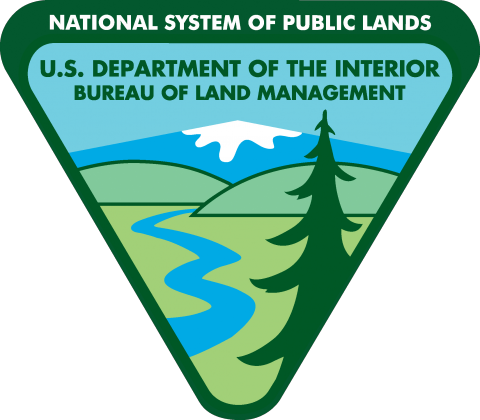An article on this same topic, the BLM’s counting abilities, appeared on the editorial page of a local newspaper. I’m still unclear why anyone would be concerned that a permittee or the BLM would report a larger number of livestock grazing an allotment than the actually number grazed. The comment below appears in the Grand Staircase Escalante National Monument Livestock Grazing Plan Amendment EIS (Environmental Impact Statement): Appendix B. Comments by Process Category and Planning Issue. Page B-216 published by the BLM in May 2014.
“Past records BLM presented on the amount of grazing that occurs in each allotment has been inaccurate. Based on a number of surveys that we conducted, we found that often fewer cattle are grazing than are reported to graze by the permit holder or are billed and paid for [27]. Objective evidence based range management requires an accurate record of grazing use. BLM should update past records where more accurate information is available and ensure future records reflect actual grazing use.”
Reference: [27] Catlin, J, J. Carter and A. Jones. 2011. Range management in the face of climate change. Pp 207-248 in Monaco, Thomas et al. comps. Proceedings – Threats to Shrubland Ecosystem Integrity; 2010 May 18-20; Logan, UT. Natural Resources and Environmental Issues, Volume XVII. S.J. and Jessie E. Quinney Natural Resources Research Library, Logan Utah, USA. (Link to article)
The authors of the comment above state “amount of grazing that occurs in each allotment has been inaccurate” and cite Catlin et al. (2011). In the paper, data from two aerial surveys using a fixed wing aircraft are used as definitive proof that numbers reported by the BLM and permittee(s) are inaccurate and in fact–too high. In 2006, 2008, and 2010 the BLM reported billing the permittee for 641 cow-calf pairs to graze the Duck Creek Allotment in Rich County, Utah. However, Catlin et al. (2011) reported that only 450 cow-calf pairs grazed in 2006; 304 in 2008; 570 on June 25, 2010; and 148 on September 8, 2010. Thus, the number of cattle grazing the allotment, according to Catlin et al. (2011), were 11 percent to 77 percent lower than the number reported to and billed by the BLM.
Livestock are usually counted when loaded on the truck and/or off the truck when they arrive at an allotment. If they are not trucked to a site, they are generally counted as they pass through a gate or chute before being moved to an allotment. Permit holders are charged by the BLM based on the number of animal unit months (AUMs). AUMs are calculated from the number of livestock that graze an allotment. Thus, a permittee should have no reason to report higher numbers of livestock grazing on their allotment than they are actually grazing. To do so would result in a permittee paying more to the BLM. However, Catlin et al. (2011) insists this is what is happening but they never explain why a permittee or the BLM would do this. Instead, they insist their numbers are correct and numbers counted by the BLM and permittees are wrong.
In their paper Catlin et al. (2011) cite BLM 1984 concerning the accuracy of livestock numbers reported to graze an allotment. The following statements can be found in BLM 1984: “Generally, the most accurate counts are obtained from ground counts,” and “counting, especially aerial counts, often underestimates use ….” Based on this citation, aerial counts are not as accurate as counts taken on the ground.
Lastly, Catlin et al. (2011) was not published in a peer-reviewed publication. It was published in the proceedings of a symposium entitled Threats to Shrubland Ecosystem Integrity. According to one of the compliers of the symposium, Dr. Tom Monaco, none of the papers were peer-reviewed.
References
Bureau of Land Management. 1984. Rangeland monitoring, actual use studies. Technical Reference 4400-2, Denver Service Center, Colorado.

